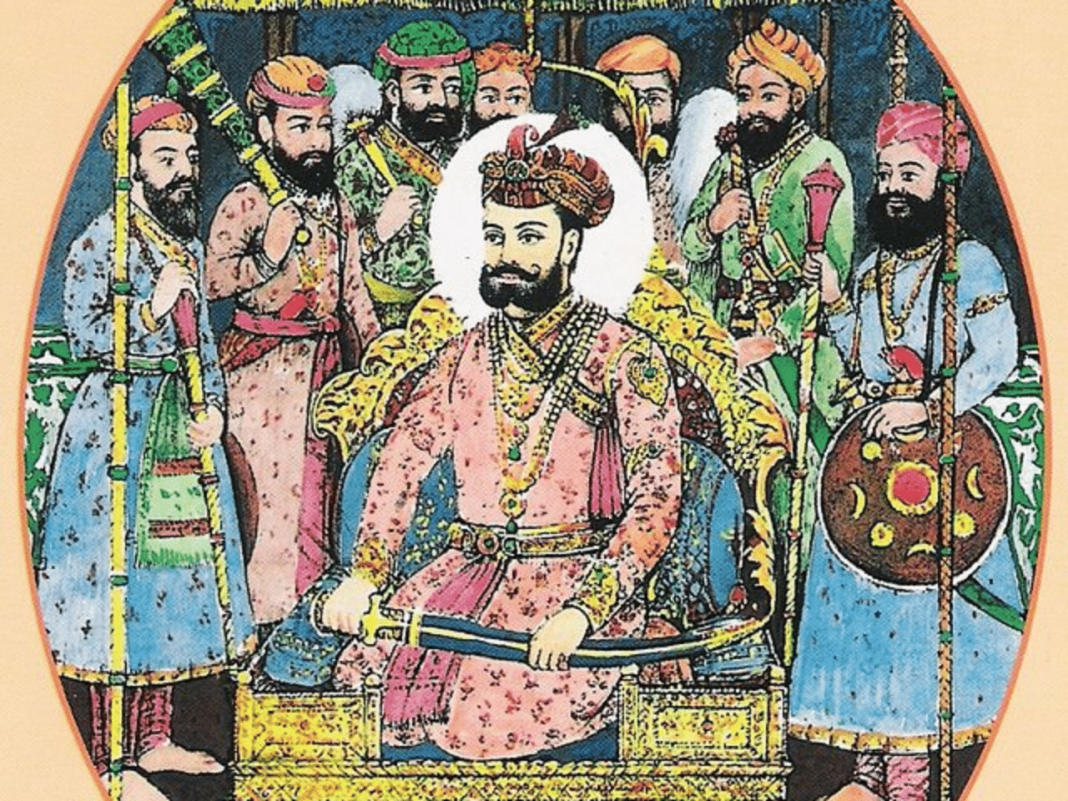New Delhi: In the annals of Indian history, Hemu has always been discussed as a very peculiar subject. After all, in battle with him, Akbar’s supremacy in India started and the true foundations of the Mughal Empire were established. Incidentally, Hemu defeated Akbar’s forces once during the conflict.
Even during the Second Battle of Panipat, he was wounded by a chance arrow that turned the tide of the battle in favour of the Mughals. What would have happened if luck favoured Hemu that day? We can only speculate. But yes, as stated in the previous paragraph, he once defeated Akbar’s forces.
It was one of the few losses that Akbar faced and in all probability, the first in the hands of a Rajputana king. An early life shrouded in mystery As per most experts, Hemu came from a humble family. According to modern researchers, his father was Rai Puran Bhargav, a Gaur Brahmin of Rajasthan who became Puran Das after acquiring sainthood at the Macheri village of Alwar district in Rajasthan.
Since the economic condition of his family was not great, Hemu began to work as a trader of saltpetre from a young age. In 1545, Sher Shah died and his son Islam Shah became the ruler of the Sur Empire. Hemu rose through the ranks during the rule of Islam Shah, who noticed his talent and gave him responsibilities akin to higher-ranked officers.
The rise to prominence and clash with Akbar After Islam Shah’s death on October 30, 1553, Adil Shah Suri captured power of the Sur Empire and it was Hemu who managed all the affairs of the administration, becoming the chief minister of the empire. Hemu was a talented administrator and the finest military mind on the Afghan side after Sher Shah’s demise. He won almost as many as 22 battles on behalf of Adil Shah and during one such fight, chased Taj Khan Karrani, Shah’s enemy, all the way to Bengal.
The affairs in Delhi Meanwhile, some interesting events were taking place in North India. On July 23, 1555, Humayun defeated Adil Shah’s brother-in-law, Sikandar Shah with Persian help. The Mughals recaptured Delhi and Agra but Humayun was not able to enjoy his success for long and passed away on January 26, 1556.
Hemu sensed the perfect opportunity to defeat the confused Mughals and began to march from Bengal and drove the Mughals out of Etawah, Bayana, Sambhal, Narnaul and Kalpi. He invaded Agra and then proceeded to Delhi. Battle of Tughlaqabad and Hemu’s famous win At that time, the Mughal governor in Delhi was Tardi Beg Khan.
He dispatched a message to Akbar and Bairam Khan camped at Jalandhar about Hemu’s Agra invasion and imminent attack on Delhi. Bairam Khan, Akbar’s guardian and main leader of the chaotic Mughal Empire at that time, dispatched Pir Muhammad Sharwani, his most capable lieutenant to Delhi. On the other hand, Tardi Beg Khan ordered all the Mughal nobles in that region to raise forces.
The Mughals decided to battle Hemu. Hemu, while chasing Agra’s governor, reached Tughlaqabad, a village just outside Delhi. There he encountered the forces of Tardi Beg Khan.
Even though the Mughals were outnumbered, they put up a brave fight. But in the end, Hemu’s superior and well-drilled army, along with his sharp tactical battle plan, prevailed and won the day. Hemu took possession of Delhi on October 7, 1556, and assumed the title of Vikramaditya.
However, his reign was short-lived as he would fight the Mughals again, one month later. The battle took place in the same Panipat where Babur defeated the Lodis 30 years ago. In the Second Battle of Panipat, which took place on November 5, 1556, Hemu was defeated and beheaded, and the victory marked the true beginning of Akbar’s reign in India.
.
From: news9live
URL: https://www.news9live.com/knowledge/did-you-know-about-the-trader-turned-warrior-who-was-the-first-to-defeat-army-of-akbar-2367112



